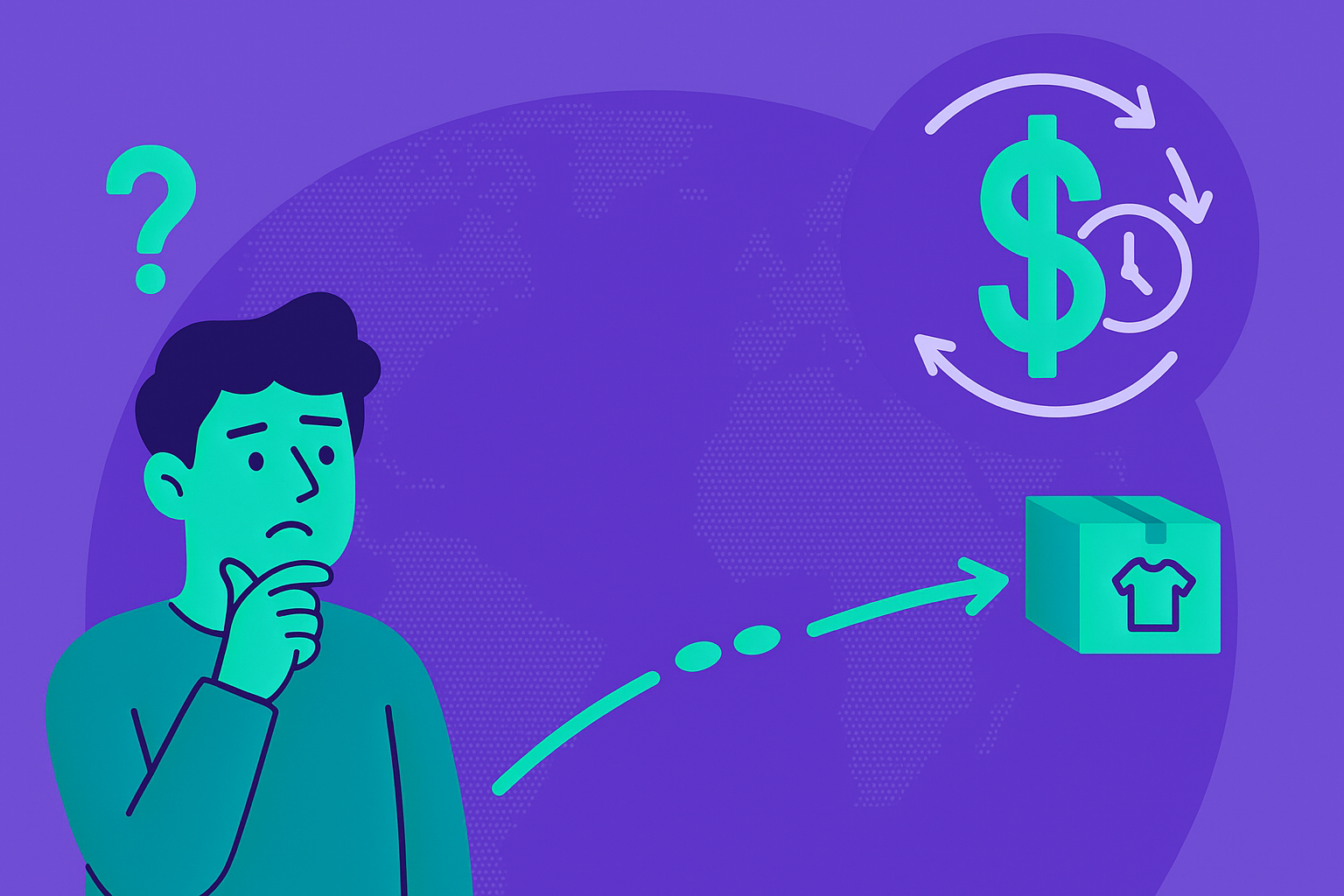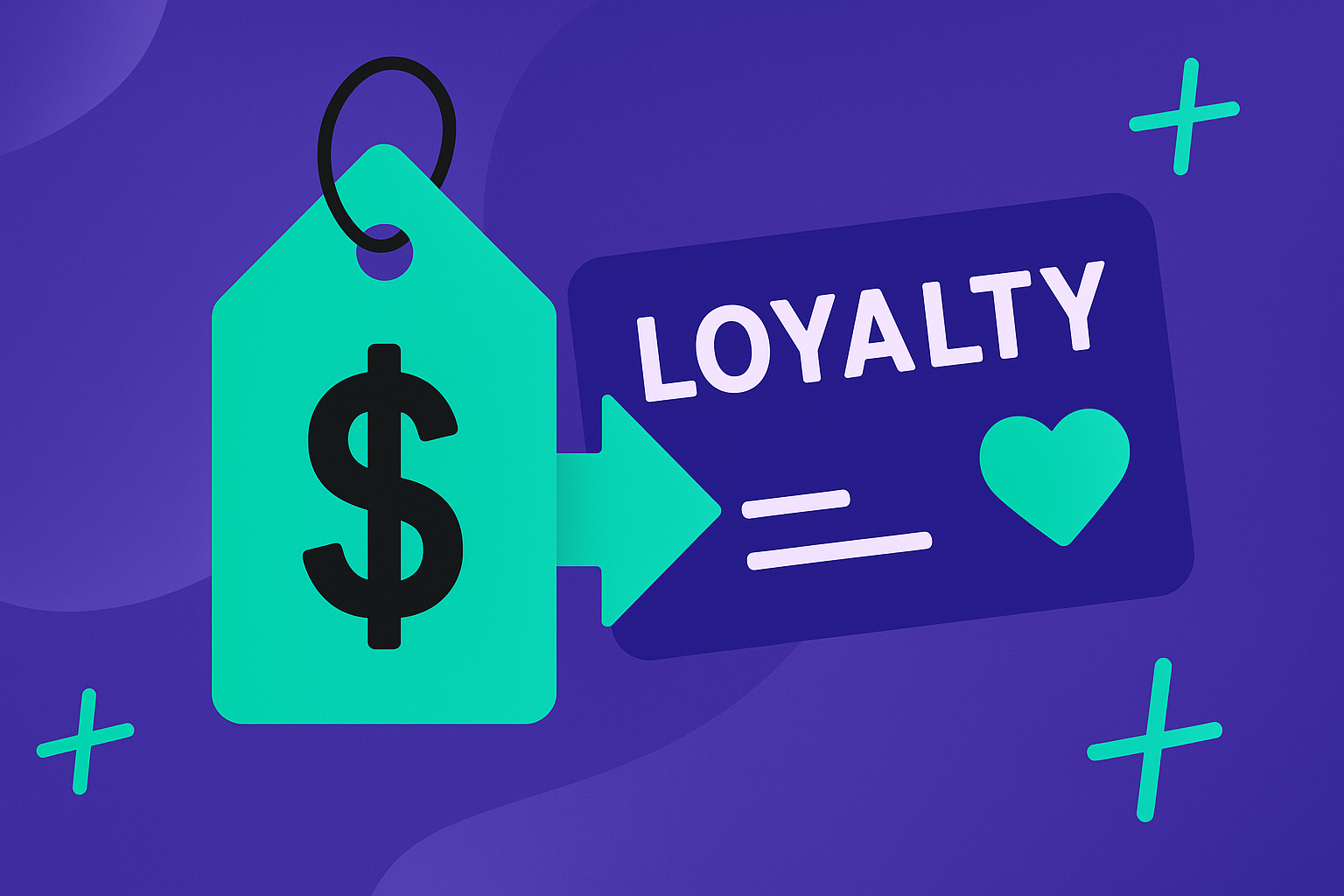According to the National Retail Federation, returns have grown to become a $743 billion segment of total retail sales - nearly 15% of sales! What brands and customers are increasingly realizing is the significant environmental impact these returns can have if not managed with care, and the sustainability challenges that can arise from inefficient returns management. From waste generation to the carbon footprint of excessive transportation, the fashion and apparel industry faces unique challenges in handling returns more sustainably.
Let's explore how brands can adopt sustainable practices when it comes to their returns to minimize their carbon footprint and contribute to a greener future.
End-to-end returns management
As brand’s know, returns are more than just a customer simply sending a product back. Returns management entails everything that happens behind the scenes from the software side of return initiation, to the physical side when the return first changes custody from customer to a logistics provider, to when the item can officially be considered recovered inventory ready for resale and further distribution. This whole process is what we at ReturnBear call returns management from pixels to parcels. Both need to happen for a complete return journey.
The environmental impact of returns
Inefficient return processes often lead to unnecessary long-distance travel. Imagine a situation where a returned pair of jeans purchased by a customer in Toronto, Ontario, Canada travels hundreds of miles back to the brand’s warehouse in Philadelphia, Pennsylvania, USA – only to be shipped back to a customer who then orders from Hamilton, Ontario, Canada. This becomes a nearly 1500-mile distance to be traveled instead of what could have been less than 100 miles.
In another scenario, multiple individual consumer return shipments over a longer period of time could easily be substituted for a larger, consolidated batch shipment to reduce the total number of trips required for inventory recovery. This would then also reduce the total carbon output of those individual return journeys.
Inefficient returns management and movement of goods can incur both additional transportation costs (like the nearly 1400 miles described above) and also increase carbon emissions, contributing to climate change. Plus, the longer that returned merchandise remains in transportation or in storage before being processed, the more value the items lose and the harder they are to resell.
When there are limited disposition options or they are deemed as too costly to warrant a certain process, perfectly good items often end up in landfills, adding to the global waste crisis. This is especially concerning in the fashion industry, where trends change rapidly, leading to a high volume of returned items and shorter selling windows for seasonal styles.
By thinking about returns end-to-end, and adopting comprehensive, full-lifecycle return logistics solutions, brands can minimize waste, optimize transportation routes, and reduce their environmental footprint (all while reducing their costs!). Implementing a well-designed returns system ensures that products are efficiently received, verified, sorted, refurbished, prepared for resale or are recycled or donated when necessary.
Consumer demand for sustainability
Consumer preferences are shifting towards sustainability, with 78% of global consumers finding sustainability important and 84% of customers saying a brand’s poor environmental practices would alienate them from the company.
Brands that demonstrate a commitment to sustainability stand to gain customer loyalty and attract environmentally conscious shoppers, further assisting them in developing a competitive advantage.
How to introduce sustainability into your operations
Brands and retailers can do their part in the global efforts towards sustainability in retail and supply chain logistics by focusing on how they can optimize their packaging, transportation, and supply chain operations.
1. Sustainable Packaging:
Consumers are looking for retailers to adopt eco-friendly packaging solutions. From right-sized boxes to match the corresponding items, to reusable or compostable materials, minimizing packaging waste is crucial in reducing environmental harm while also improving customer experience.
2. Transportation Efficiency:
Optimizing transportation routes, consolidating shipments and using shared logistics services can significantly reduce carbon emissions associated with returns. By locating fulfillment and processing centers closer to customers, brands can minimize their environmental footprint. ReturnBear can help with this via our Canada-wide package and label free drop-off network that helps brands meet customers where they are. Our regional processing hubs then allow for a secondary consolidation step to further increase transportation efficiency.
3.Sustainability Through Software:
Investing in automation and returns management software can help streamline operations by enabling inventory visibility and warehouse-level tracking. This can also allow brands to further reduce the operational costs of manual or extensive inventory tracking processes.
4. Supply Chain Collaboration:
Collaboration across the supply chain is essential for driving sustainable practices. From choosing suppliers committed to eco-friendly manufacturing, to working with reverse logistics partners aligned with your sustainability principles, brands should ensure that every involved stakeholder shares their vision for a greener future.
For brands that rely on third-party logistics providers, it's important to choose partners who share their commitment to sustainability. By selecting fulfillment partners that prioritize eco-friendly practices, brands can ensure that their sustainable business practices and efforts towards carbon footprint reduction extend throughout their entire supply chain.
Partnering for sustainability
We all have a shared responsibility to safeguard the environment we share, and returns in the fashion industry pose significant environmental challenges. When returns are approached with a view to their complete lifecycle, there are opportunities to minimize their impact and create positive change even as consumer shopping rates increase. By embracing sustainable practices all the way from manufacturing to their supply chain and logistics, brands can minimize waste, reduce carbon emissions, and meet the growing demands of environmentally conscious consumers. Together, we can create a more sustainable future for fashion returns and contribute to a healthier planet for generations to come.













.jpg)






%20(1).jpg)







































